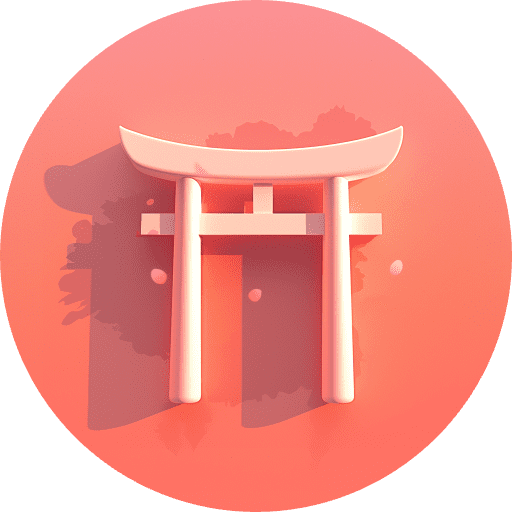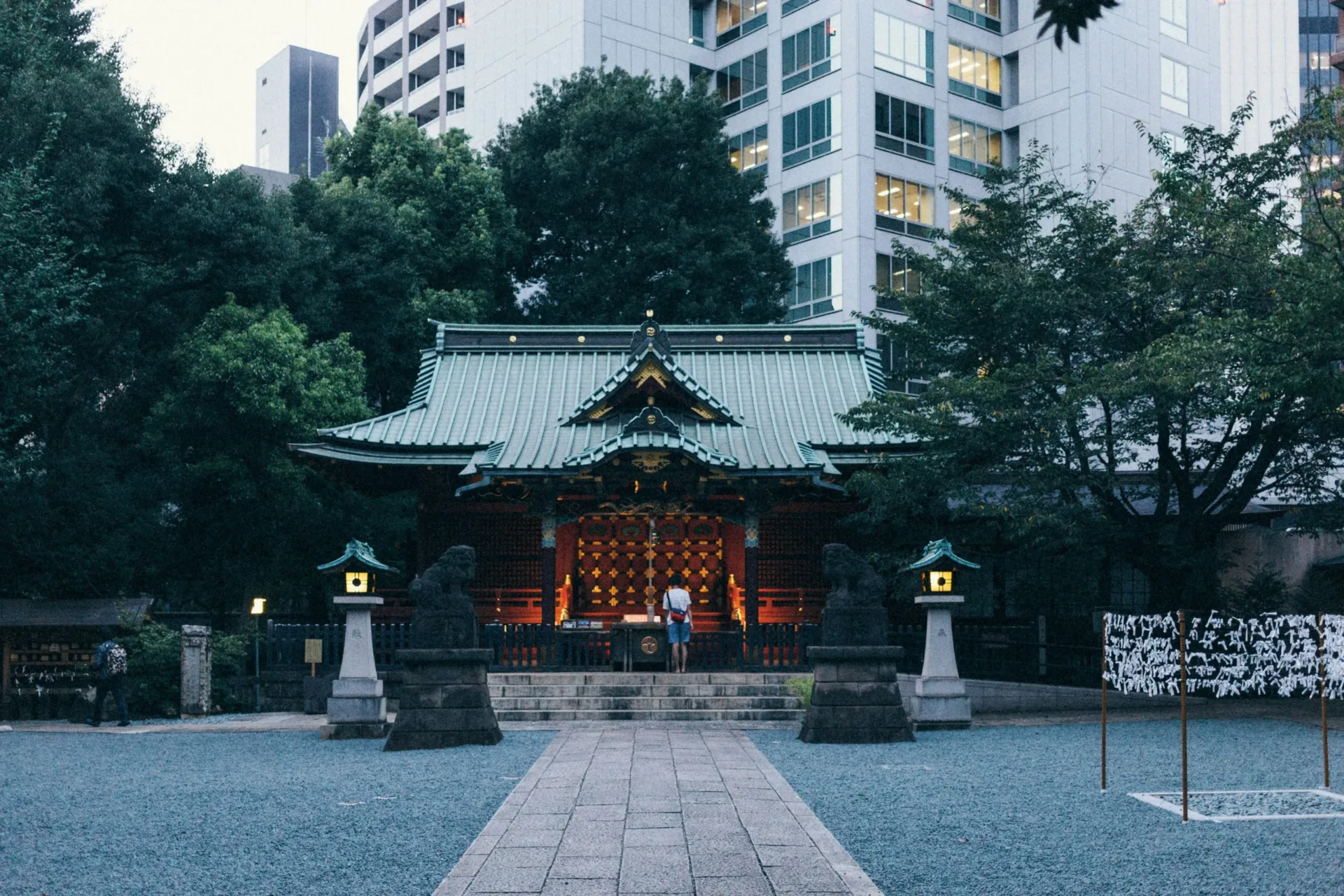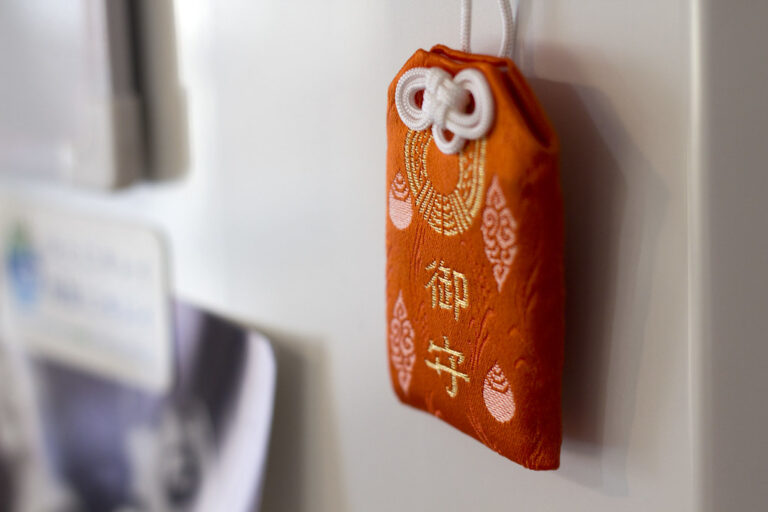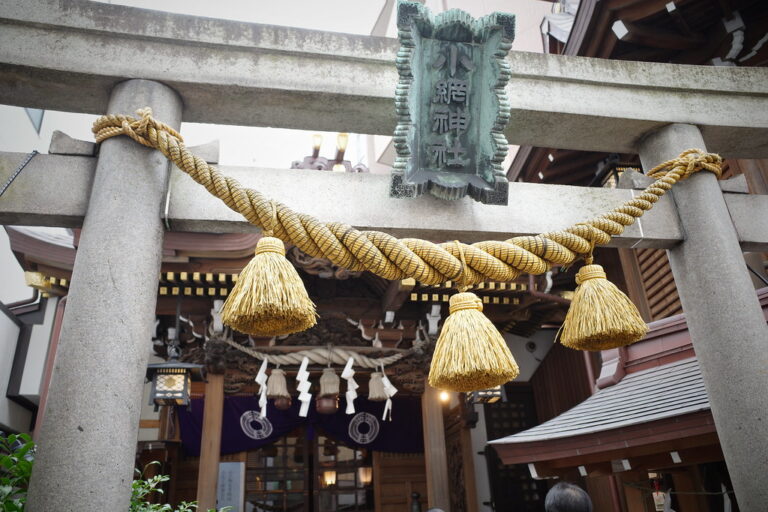Japanese shrines (神社, jinja) are captivating places that attract visitors from all around the world, drawn by the allure of Japanese culture, cuisine, and religion. However, many people are unsure about the proper etiquette when visiting a shrine. This guide will walk you through the steps of praying at a Japanese shrine, ensuring a respectful and meaningful experience.
Step 1: Bow Before Entering the Shrine Gate (鳥居, Torii)
Before entering the shrine grounds, face the main hall (本殿, honden) and bow once to show your respect.
Step 2: Purify Yourself at the Wash Basin (手水舎, Temizuya)
- Using your right hand, take the ladle (柄杓, hishaku) and scoop a cup full of water.
- Pour about one-fifth of the water over your left hand to cleanse it.
- Switch the ladle to your left hand and repeat the process to cleanse your right hand.
- Return the ladle to your right hand and pour a small amount of water into your cupped left palm.
- Use this water to rinse your mouth (口をすすぐ, kuchi wo susugu), being careful not to touch the ladle directly with your lips.
- Finally, wash your left hand with the remaining water.
- Place the ladle back, ensuring that the cup faces upward so that the remaining water drips down the handle, cleansing it for the next person.
Step 3: Make an Offering (賽銭を投げる, Saisen wo Nageru)
Approach the main hall and toss a 5-yen coin into the offering box (賽銭箱, saisenbako). In Japanese, “5 yen” is pronounced “go-en (御縁),” which sounds similar to the word for “relationship” or “connection,” making it a symbolic offering.
Step 4: Ring the Bell (鈴を鳴らす, Suzu wo Narasu)
Before praying, ring the bell to get the attention of the enshrined deity (御祭神, gosaigin).
Step 5: Offer Your Prayers (お参りする, Omairi Suru)
- Bow deeply twice (二回礼拝する, nihai reihai suru) to show your respect.
- Clap your hands twice (二回拍手する, nihai hakushu suru) to express your sincerity and gratitude.
- Join your palms together in front of your chest and offer your prayers or wishes silently (合掌して心の中で願い事をする, gasshou shite kokoro no naka de negaigoto wo suru).
- After finishing your prayer, bow once more (最後にもう一度礼拝する, saigo ni mou ichido reihai suru).
Step 6: Bow Before Exiting
As you leave the shrine grounds, turn to face the main hall once more and bow, expressing your gratitude for the opportunity to pray at the shrine.
Trivia (豆知識, Mamechishiki)
When visiting a shrine, you may come across a variety of small amulets or charms called “omamori” (お守り). These amulets are believed to offer protection, good luck, or blessings in various aspects of life, such as health, love, or academic success. Omamori can be purchased at the shrine’s amulet office (授与所, juyosho) and are often kept in a special pouch or tied to a bag for safekeeping. It is important to handle them with care and respect, as they are considered sacred objects imbued with the blessings of the enshrined deity.
By following these simple steps and appreciating the cultural significance of shrine visits, you can confidently and respectfully participate in the ancient tradition of praying at a Japanese shrine, immersing yourself in the rich culture and spirituality of Japan.




